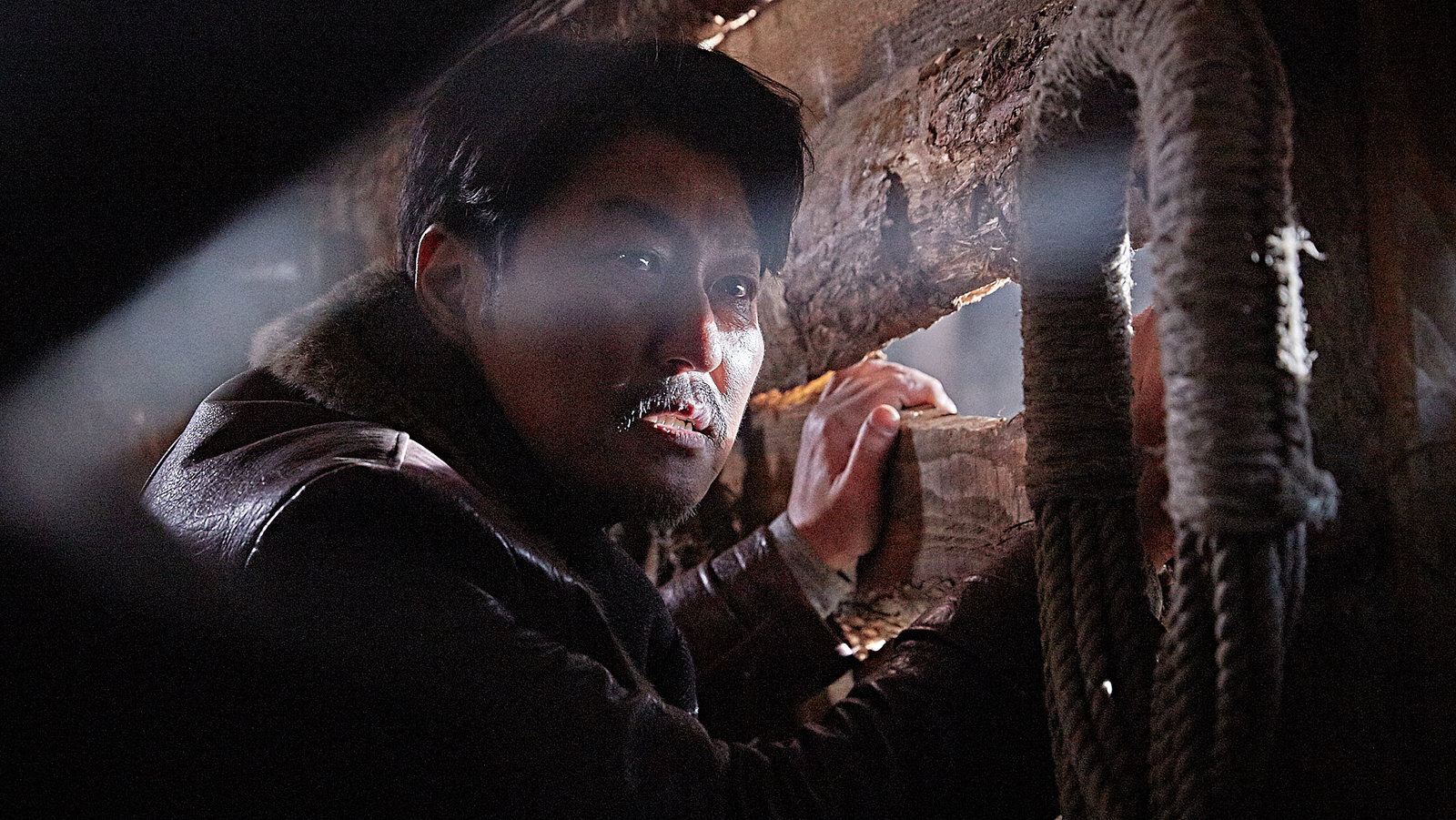PFF25: Age of Shadows
Age of Shadows, one of the newest spy-thriller efforts, unfurls the classic twists and turns of the genre in 1920s Japanese-occupied Korea. Directed by Kim Jee-woon (I Saw the Devil), the film delivers sleek and compelling action, but suffers from an overly complex and forgettable plot.
The story’s central conflict pits a Korean resistance group against the Japanese agents trying to squash their movement. Lee Jung-chool, played by Song Kang-ho, is a turncoat resistance fighter who works as a Japanese police officer, tasked with arresting members of the resistance like Kim Woo-jin (Gong Yoo) to ultimately take down the leader, Jung Chae-san (Lee Byung-hun).
The film begins on an incredibly high note, with a police raid on a resistance meet-up, filmed as a fluid, tightly choreographed, intense set piece; soldiers run on top of buildings, crisscrossing their allies running below. Kim gives the audience a perfect understanding of the geography of the scene, which helps build tension as the rebel is boxed in by police from all sides. The movie’s action then settles into a long cat and mouse game, but after the brilliant opening scene, the rest of the film’s first half is a huge let down. It’s nearly impossible to keep track of the plot mechanics or new characters, and while generic dialogue hints at themes of honor and loyalty, there is never anything more than a hint.
Just as it seems like the film will never reach the high bar set by its opening scene, all the characters find themselves on a train, and Kim manages to direct the hell out of another set piece. A long set up of enemies almost confronting one another and allies questioning one another’s allegiances is a slow burn, keeping the audience on edge knowing action must erupt eventually. The tension reaches a climax and releases through an intricately designed, close-quarters shoot-out with hand-to-hand combat. All parties cram in one claustrophobic location and opposing characters battle. It is a completely satisfying set piece both character-wise and visually – Kim uses lots of visual quirks and severe camera angles, maintaining the perfect amount of flair without going too overboard. It is perhaps the best scene of the film, yet the movie is only half over.
Directors of spy-thrillers are often compared to jugglers trying to keep balls in the air as they build characters, establish plotlines, and set the stage for later mayhem. Director Kim Jee-woon, however, seems to have no interest in juggling these aspects of the movie. He throws the balls up, one by one, as high as he can, only to try to catch them all on their way down an hour later. The final half of the film is completely forgettable. The focus shifts, as certain characters are no longer involved in the plot for one reason or another. The plot gets stretched out, and every minute added to the runtime hurts it. On the one hand, the film’s main emotional arc remains unresolved until the final scene of the film, but on the other hand, it is such a weak arc that it ends up not mattering. There’s so much to keep track of by the end that it’s unclear whether the audience is supposed to expect or be surprised by the payoffs in the final act.
Gong Yoo’s performance stands out, able to make the most banal scenes just a little bit more interesting. Playing a calm, cool resistance leader, he carefully balances confidence, calm despite whatever chaos surrounds him, while still showing subtle cracks in this demeanor that reveal he is afraid everything could fall apart at any moment. His best scenes are with Song Kang-ho, as the two play off one another, waiting to reveal information until it is absolutely necessary. The small changes in their expressions and quick glances they exchange speak volumes, and Song manages to convey the inner turmoil of his character, torn between helping his country and fulfilling his duty as a police officer.
Age of Shadows has two nearly perfect action scenes and a few performances that make it worth seeing despite its plot problems. Also, few spy-thrillers take place in 1920s Korea, and the film’s location and historical fiction angle add aesthetic and stylistic elements, not standard in a film like this, that at the very least make the film very visually pleasing. There is a notion among the film’s resistance fighters that they must keep pushing on despite failure because all it takes is one successful act of rebellion. The same can be said of the film as a whole: while there are failures along the way, the moments of success are well worth it.
